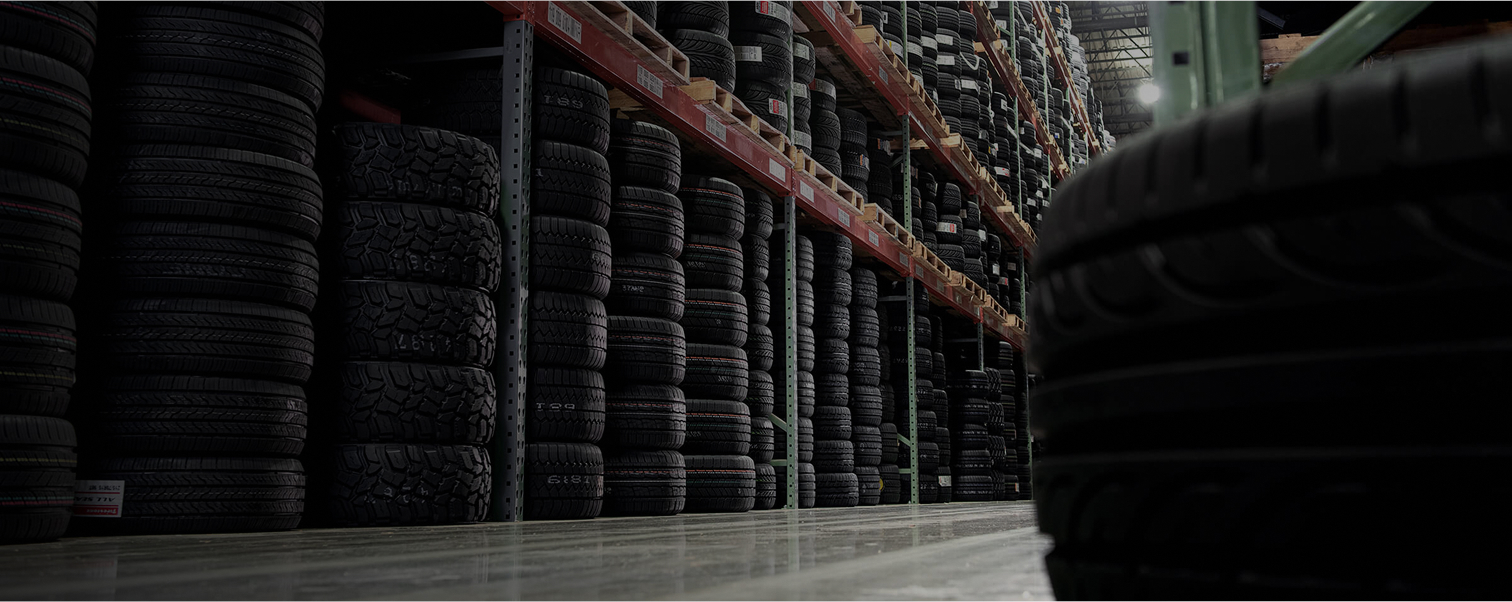Tires
Understanding Tire Pressure: The Key to Safety and Efficiency
Discover why maintaining proper tire pressure is crucial for your vehicle's performance, safety, and fuel efficiency.
S
Staff Writer
Staff Writer

Proper tire pressure is one of the most overlooked aspects of vehicle maintenance, yet it's crucial for safety, performance, and fuel efficiency. This comprehensive guide will help you understand why tire pressure matters and how to maintain it properly.
Why Tire Pressure Matters:
1. Safety
• Improved vehicle handling
• Better traction
• Reduced risk of blowouts
• Shorter braking distances
2. Performance
• Enhanced steering response
• Better cornering stability
• Reduced tire wear
• Smoother ride quality
3. Efficiency
• Improved fuel economy (up to 3%)
• Reduced CO2 emissions
• Extended tire life
• Lower operating costs
How to Check Tire Pressure:
1. Check when tires are cold (vehicle hasn't been driven for 3+ hours)
2. Remove valve cap
3. Press tire gauge firmly onto valve stem
4. Compare reading with manufacturer's recommendations
5. Adjust as needed
Common Myths Debunked:
• Myth: You can tell if a tire needs air just by looking at it
Fact: A tire can lose up to 50% of its pressure before it appears visibly low
• Myth: The pressure listed on the tire sidewall is the recommended pressure
Fact: The correct pressure is found in your vehicle's manual or door jamb sticker
• Myth: You should inflate tires to the maximum pressure listed on the tire
Fact: Follow your vehicle manufacturer's recommended pressure
Seasonal Considerations:
• Summer: Check pressure more frequently due to heat expansion
• Winter: Pressure drops with temperature (1 PSI per 5.5°C/10°F)
• Spring/Fall: Adjust pressure during temperature transitions
Remember: Proper tire pressure is a small effort that yields big returns in safety, performance, and savings.

